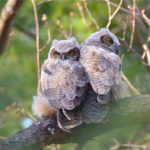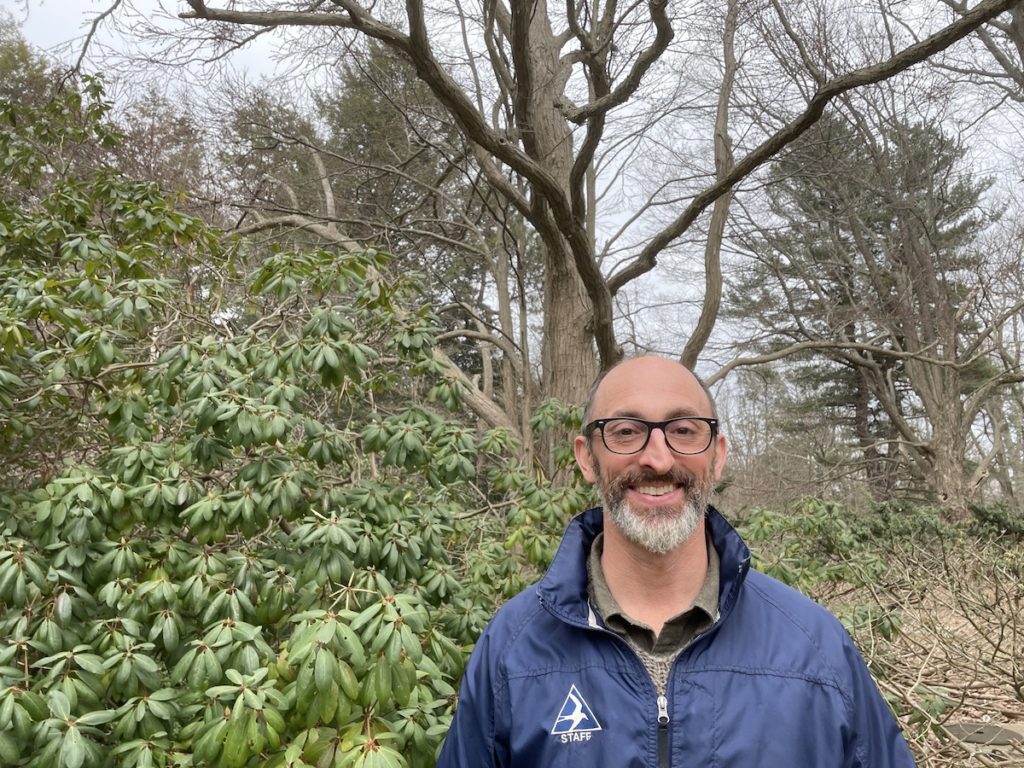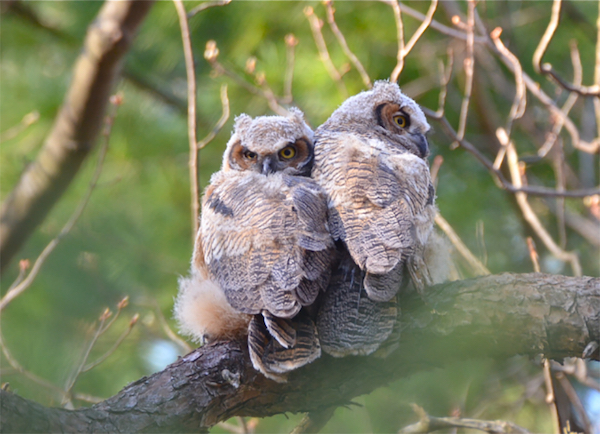
By Jeffrey North
This interview has been edited for length and clarity.
BCF
Congratulations on your December appointment to the role of regional director for Metro West. We understand you will have oversight of the Habitat Education Center and Wildlife Sanctuary in Belmont, as well as the wildlife sanctuaries Broadmoor in Natick, Drumlin Farm in Lincoln, and Waseeka in Hopkinton.
You’ve been in nonprofit management and some notable education roles. Your background includes teaching, starting a 6–12 grade school, leading a graduate school, strategy and organization design consulting with nonprofit organizations, and studying communities’ shared sense of direction. Can you describe some of the ways these elements of your background will connect to what you will be doing in your new role?
Scott McCue
There are a couple of pieces. Most of my experience is in education leadership and nonprofit organization design. The two components that inform my role at Mass Audubon include the following:
How do we make learning especially sticky and powerful for kids and adults? For example, just like sorting out how to make math or literature or science classes more impactful [in schools]. That question is different at Habitat, but the challenge is comparable. How do we make someone’s experience at Habitat impactful? How do we change hearts and minds? We want to make Habitat welcoming and get the benefits of Habitat programming out into the world. We already have a team of educators thoughtfully tackling these questions.
The other piece is building and refining organizations. With that lens, I am really looking at how we build community around a common mission, strengthening the functions of the organization around a common mission. Coherence is a real asset, incoherence is a real disadvantage. How do we organize people and resources around shared objectives and avoid the tendencies to get into silos? How do we craft a coherent narrative?
BCF
What plans do you have for Habitat? How does Habitat fit into your and Mass Audubon’s visions?
McCue
There are some near-term plans and some longer-term questions.
We have received generous funding to do some modest reconfigurations with our entry sequence. We may be separating automobile and pedestrian traffic a bit. We would like to make the arrival experience at Habitat a bit more straightforward and less confusing for someone visiting for the first time. Cleaning up that entry.
We also plan to expand our preschool program from 10 to 20 kids and add a full-day, fully licensed program.
We are also engaged in more substantial realignment at Habitat. For example, we are gradually discontinuing the wedding business at Habitat and pivoting to using our space and our staff in ways that are better aligned with our mission and the Mass Audubon Action Agenda (bit.ly/BCF-Action-Agenda). I am now conducting the first round of conversations among staff and external stakeholders, as well as neighbors and other partner organizations.
In my job as the Metro West regional director, I am humbled by the legacy of engagement of Belmontonians over several generations. I am compelled to preserve what is magical about Habitat, and I’m now engaging with the community about how we respond to this moment in history and the Action Agenda.
BCF
Can you share some elements of your vision for advancing conservation and nature-based environmental education within our Metro West communities, especially any implication for Habitat in Belmont?
McCue
There are three components of the Action Agenda regarding the Metro West sanctuaries. In my role as new regional director, this action agenda for me serves as a crucial set of guiding principles.
[First is] conserving land and stewarding resilient landscapes. In Metro West, Mass Audubon is not acquiring land at the same rate as in other areas of Massachusetts. Yet we will steward the lands we have more responsibly. Big pieces include enlisting our staff and volunteers in the management of invasive species. Ruth Hornblower Churchill [the former owner of the home that now houses the Visitors Center and 22 of the surrounding acres] cultivated the grounds of her estate comprising multiple habitats. Different areas within the sanctuary now offer different experiences and require different imperatives. In our era this means more to do with native plants and supporting pollinators. We need to carefully steward this land. And we can show what stewardship looks like. We want to be a proof point for how communities can responsibly steward the lands for which they’re responsible.
The second piece involves expanding access to nature to more diverse populations of people. Even through Covid-19, we have been busy managing offerings to people in, for example, Lowell or Framingham. For adults, teens, preschoolers, we are eager to do more. Habitat will increasingly influence programming in settings like our new facility at Magazine Beach in Cambridge.
The third piece is our imperative to mobilize around climate change. For generations, our Mass Audubon sanctuaries, Habitat principal among them, have done a very good job of helping people to fall in love with nature. We have opportunities now to help people speak up for nature, which is a little different. My goal as regional director is to help people who love Habitat to find their voice, to be more involved at local, state— at all levels—to stand up for nature-based solutions to problems of a changing climate.
We have an agenda, and we are developing our plan around that agenda. I am now deep in listening mode. The Audubon team and I are still figuring out much of what the agenda will mean on the ground. We know that we must do it all in partnership with the community, with our neighbors. A big piece of my job for the next 6 to 12 months is to work with many different sets of voices as we plan for the next three to five years and beyond.
In the near term, we will enhance the entry and arrival at Habitat, and as the world gets back to normal, we will scale up certain activities, like our preschool program. This objective is based on an overwhelming need from some family situations, and we can do it without adversely affecting traffic or parking.
BCF
Habitat is a relatively small sanctuary surrounded by a residential area. How do you plan to involve the community around Habitat in developing your plans for this sanctuary? Do you have any concerns about encroachment or development on abutting property?
McCue
Listening is really important, especially for Habitat in Belmont. People have such strong investment in this space that goes back generations. I am speaking one-on-one with neighbors, as well as speaking with neighbors in groups, and we plan to continue doing this moving forward
The sanctuaries I oversee—Broadmoor, Drumlin, and Habitat—are all very different. Habitat is a beautiful collection of environments in the middle of a town. It’s important to remember that at Habitat we are modeling what a healthy relationship to nature looks like in one of the more developed parts of the state. How do my team and I effectively operate in this kind of context? We are pioneers orienting to a changing world.
Loving nature doesn’t mean nobody should ever build a new house. But there is a responsible way to develop land, and we’d like to be part of that conversation.
BCF
What will success look like? How will you know your efforts have been successful?
McCue
This planning process is part of a more concrete set of measures of success. I really want to feel that Habitat is a good neighbor. It’s hard to measure that, yet it’s at the top of my priority list. There is a measure of success that is about responsible stewardship, an indicator of how well we have managed Habitat for biodiversity, species richness. If I do it well, then Habitat will be a healthier place ecologically in a year, and three and five years from now—in a way that is effectively anticipating what we know is a changing climate.
It’s like throwing a football to where the receiver is going to be. What is the climate that we are working toward in 20 years? That’s the lens we need as we manage this property. And I am very interested in coming up with ways to measure how we are changing hearts and minds, finding ourselves in nature, and speaking up on behalf of nature.




Sorry, the comment form is closed at this time.